Hoverbored.
As anyone will tell you, a great trailer can often make even the dullest form of entertainment look incredibly exciting. It can also gloss over the mundane and tedious aspects of what is present in the final product. Star Overdrive, developed by Caracal Games, is a strong example of this. While the highs of this game can be quite thrilling, the lows are some of the lowest I've ever experienced, culminating in a janky and lacking adventure that left me more frustrated than engaged.
Like another indie title I enjoyed, Caravan Sandwitch, you'll explore an alien world while tracking down a loved one. Whereas Sauge used a van to traverse her alien world, Bios here uses a hoverboard that once belonged to his beloved, Nous. Among the holographic messages left by her for Bios, or the cassette tapes that log her previous exploits, you'll traverse the planet to find her, save her, and hopefully leave together. The story has some interesting moments, confessions of what she has had to do to survive; however, the delivery of this story is baked in tedium.
Nearly every point of the story has you tracking a marker and then once there, you are then told you need to activate something somewhere else, and then you're off again. Once there, you'll likely need to travel elsewhere to activate what is needed to progress. This method isn't new by any means, but it makes me feel like I am not engaging with the story; I feel like an errand boy.
Nearly everything you do revolves around activating a switch, or using one of your various powers to flip said switch, turning on or powering up some sort of object to then pinpoint her next location. However, you're always a step behind and this process begins anew. It rarely feels like you are making progress within the story at times. The cassettes she leaves behind are solid, with great voice acting, but as they are found as you randomly explore, they don't convey a forward narrative.
What adds frustration to this is how and where you will go. Some objectives will be high atop platforms that require to you either brute force your way up, which I did countless times, or use your hoverboard to fly across a jump and perform enough tricks to get the speed to land that jump. Mess up, and you constantly will. and you'll need to do it all over again. While the hoverboard can result in some decent speed, especially a game built for the Switch, it often feels poorly executed and slow, especially when navigating these ramps and rings.
First and foremost, Star Overdrive is heavily inspired by Breath of the Wild. This is felt in the overworld, the ingredients that pop up to fuel your crafting needs, to the shrine-like challenge dungeons that echo Link’s journey incredibly closely. For the most part, Star Overdrive does a good job here, even if the puzzles themselves are far too simple and rarely use the abilities you have in the unexpected ways present in Breath of the Wild. These rooms are nonetheless solid, but there isn't that experimental side to them that made the last two Zelda games feel like you were doing things you weren't supposed to do.
At major points in the story, you'll gain abilities. From being able to lift and throw items or enemies with your magnetic pull, freeze time around you in a dome, or fire off a volley of laser blasts, there is a decent variety here that works alongside both combat and traversal. The jump ability is likely the one you'll rely on most. While it can weaken enemies that touch the jump pad, you'll use it to get to higher platforms that your weak jet pack just won't reach. This also comes in handy when you need elevation to pull off tricks.
The hoverboard itself is solid when you are at high speed and need to simply get to your objective. Trying to navigate the rings or tight areas, and this is where it becomes annoying. As the right stick is used for tricks, you cannot move the camera. This results in missing the turns you need to make, as the ramps and rings often have chunks taken out of them, causing you to not have the manoeuvrability needed to succeed. Sure, you can slow down time to make those turns, but it still causes the hoverboard to not feel like you are actually piloting it.
Nonetheless, the tricks and boost of speed you gain as you land them does allow the hoverboarding to feel rather enjoyable. Slopes and other means of gaining height allow for some insane air, making me recall games like SSX Tricky and even Tony Hawk Pro Skater at times. This aspect of Star Overdrive is fantastic, especially at high speed. While you can get off the board to engage in combat, which we will get to, the fast nature of the hoverboard is solid and makes me wish the levels were better designed to take advantage of this. And, it’s worth pointing out that when you eject off the board at high speed, you’ll fly in the direction you were going, allowing your momentum to carry forward off the board.
Spread out across the planet, you'll encounter objectives that are high atop where you'll need to use said ramps to get to them, or slingshot yourself from a nearby tower. While some towers are easy enough to get to, the important ones require an annoying trek to reach. I mentioned before that I had to brute force myself up to one platform. I did this by placing a jump pad down, getting as high as I could, then placing a jump pad facing me, vertically. I would use that to inch up the dome until I could freely run up it. As annoying as this was, it was easier than reaching some of these towers in the ways the developer wanted.
When you need to hop off the board, you’ll do so for combat, puzzle solving, and harvesting various materials and ingredients for crafting and upgrading your board. From hacking away at green crystals to use as your central currency, there are plant-like items and alien doodads that work together to improve your board’s speed, power, and more. You can also unlock dyes that allow you to customize your board. The customization is fairly easy to understand once you get the hang of it, but you mainly consume as many resources as you can as you build up an amount. The larger the amount and the quality of the materials allow for greater impact on the board. Seeing my stats increase tenfold compared to my earlier crafting saw significant improvements. That said, you really want to scour the planet for that green resource as upgrading can become expensive.
Your Keytar is your means of combat, as well as an energy shield allowing for a means of durability as Bios can be killed once that shield breaks. Your abilities work in combat such as being able to manhandle and throw enemies, freeze them in place, or charming them to be on your side, an ability that comes with an emotional cost. Still, your Keytar is your main means of melee and it feels anywhere from fine to good, but never more than that. That said, you can provide instructions to your board, allowing it to remain neutral during combat or take part in it, flying around and smacking opponents. While you’ll work alongside your board and your abilities for larger bosses, which are downright awesome, they are so few and far between.
While the initial few hours really made me fall in love with Star Overdrive, the longer I spent with it, the more some of its design choices made me fall out of love and start to notice and experience the extreme tedium that is baked into progressing the main story. The hoverboard is essential to the game, which is why the slow moments of it can result in far too much trial and error as you attempt to master it to sail high to your next objective. While its story’s conclusion was certainly worth the journey, the path there was sadly a bumpy one.
Developer - Caracal Games.
Publisher - Dear Villagers. Released - April 10th, 2025. Available On - Nintendo Switch (April), Xbox Series X/S, PS5, Steam (June 19th, 2025) Rated - (E 10+) - Fantasy Violence, Mild Language Platform Reviewed - Nintendo Switch. Review Access - A review code was provided by the publisher for the purpose of this review.



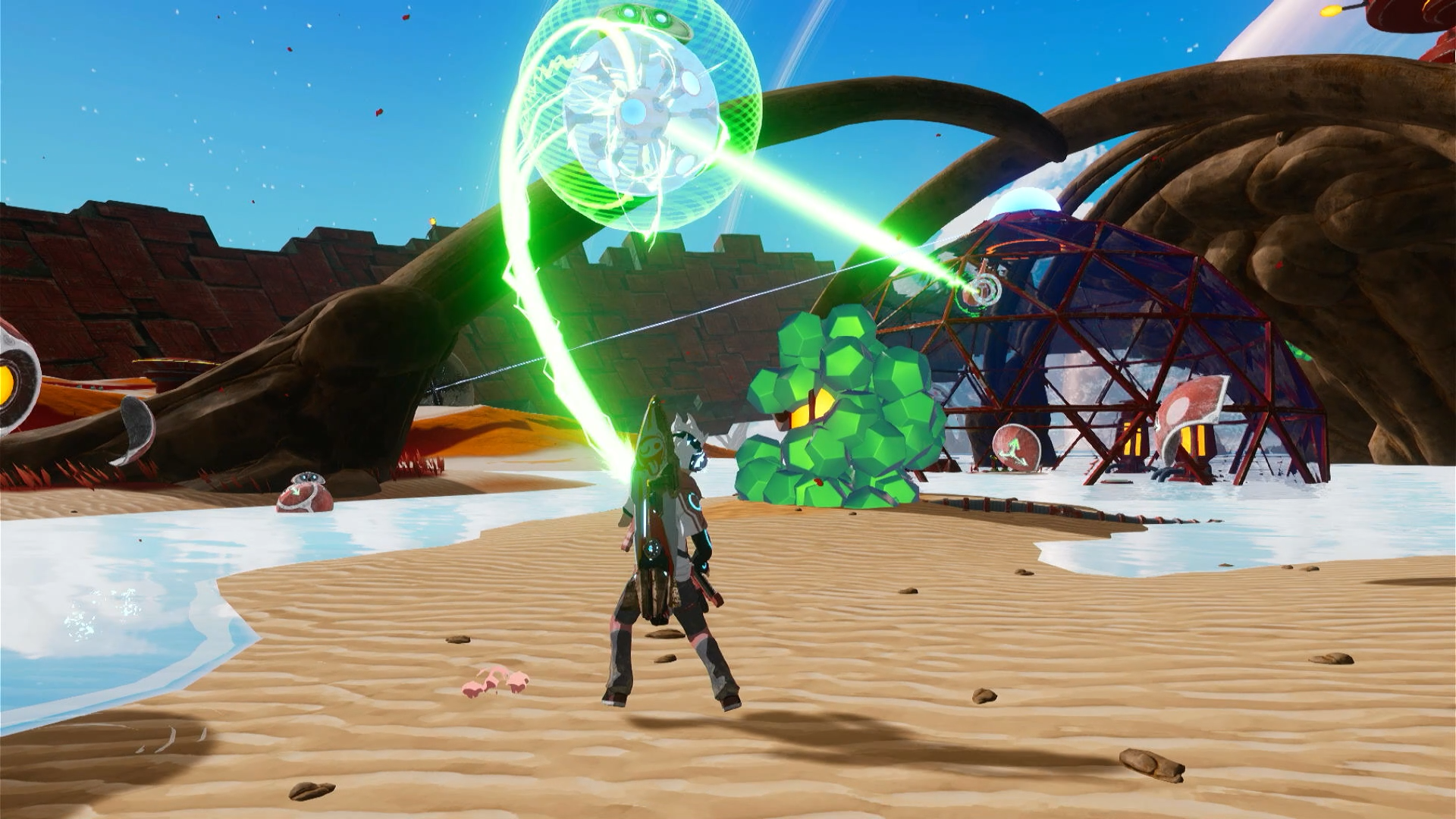
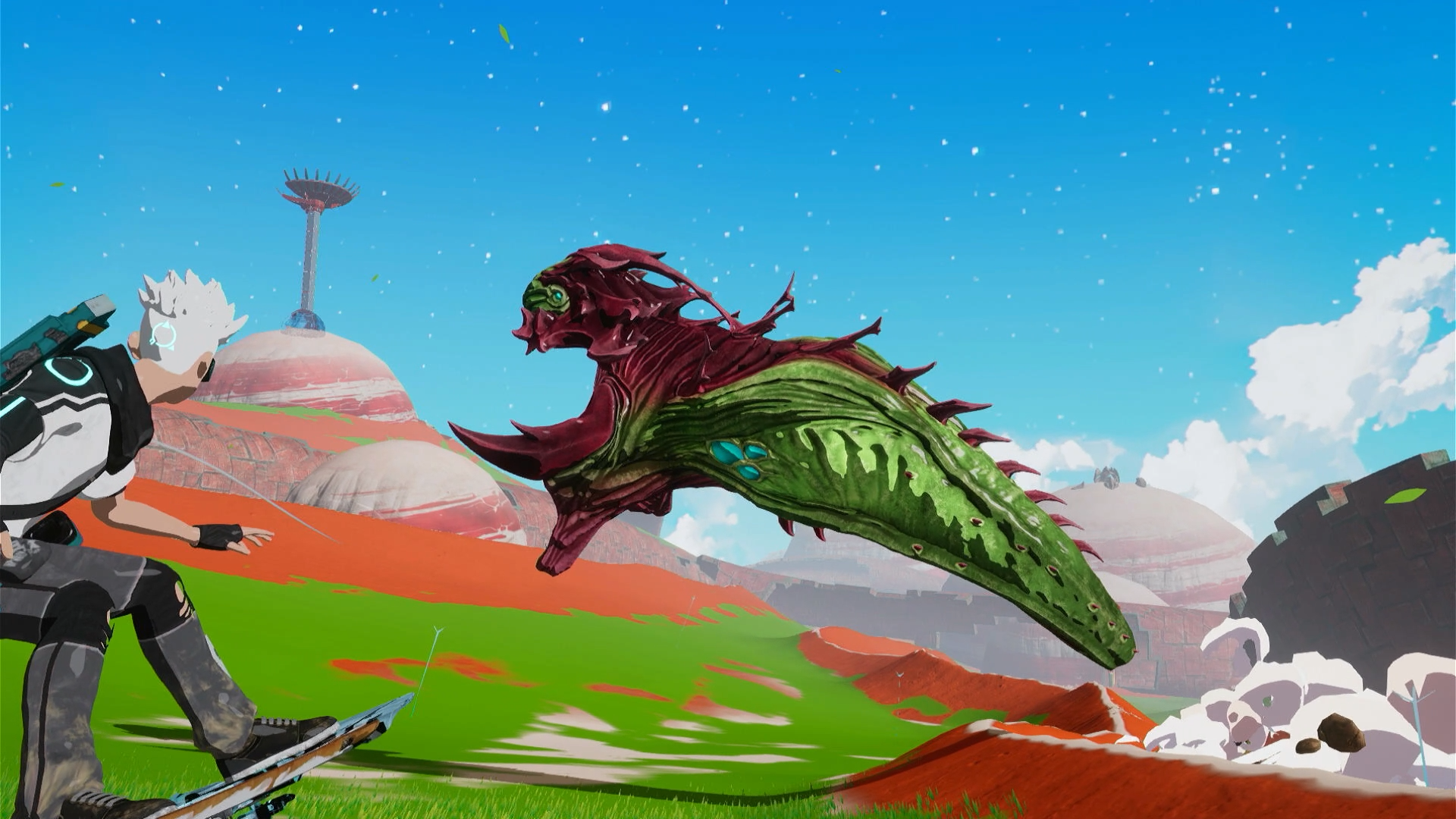

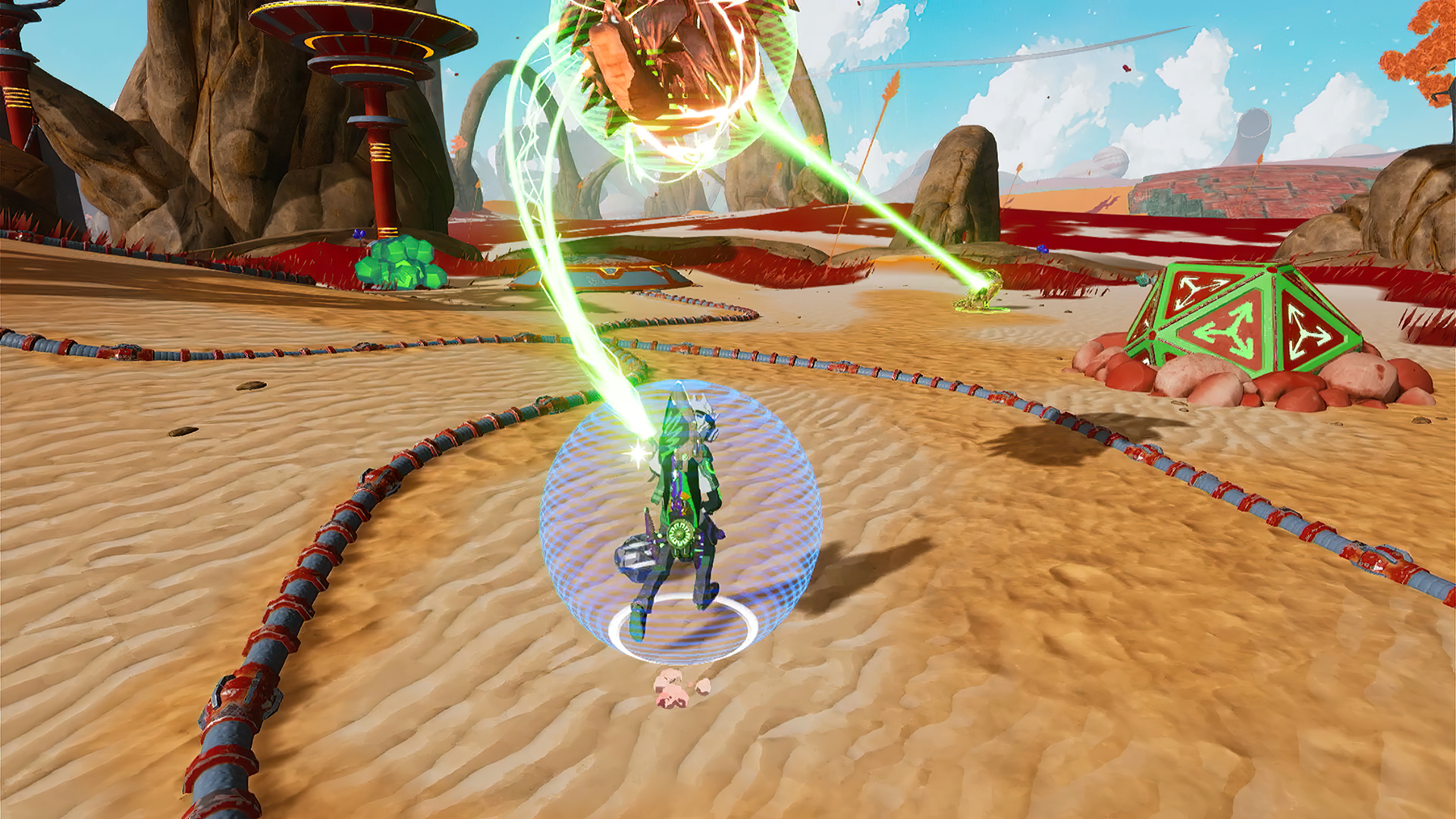
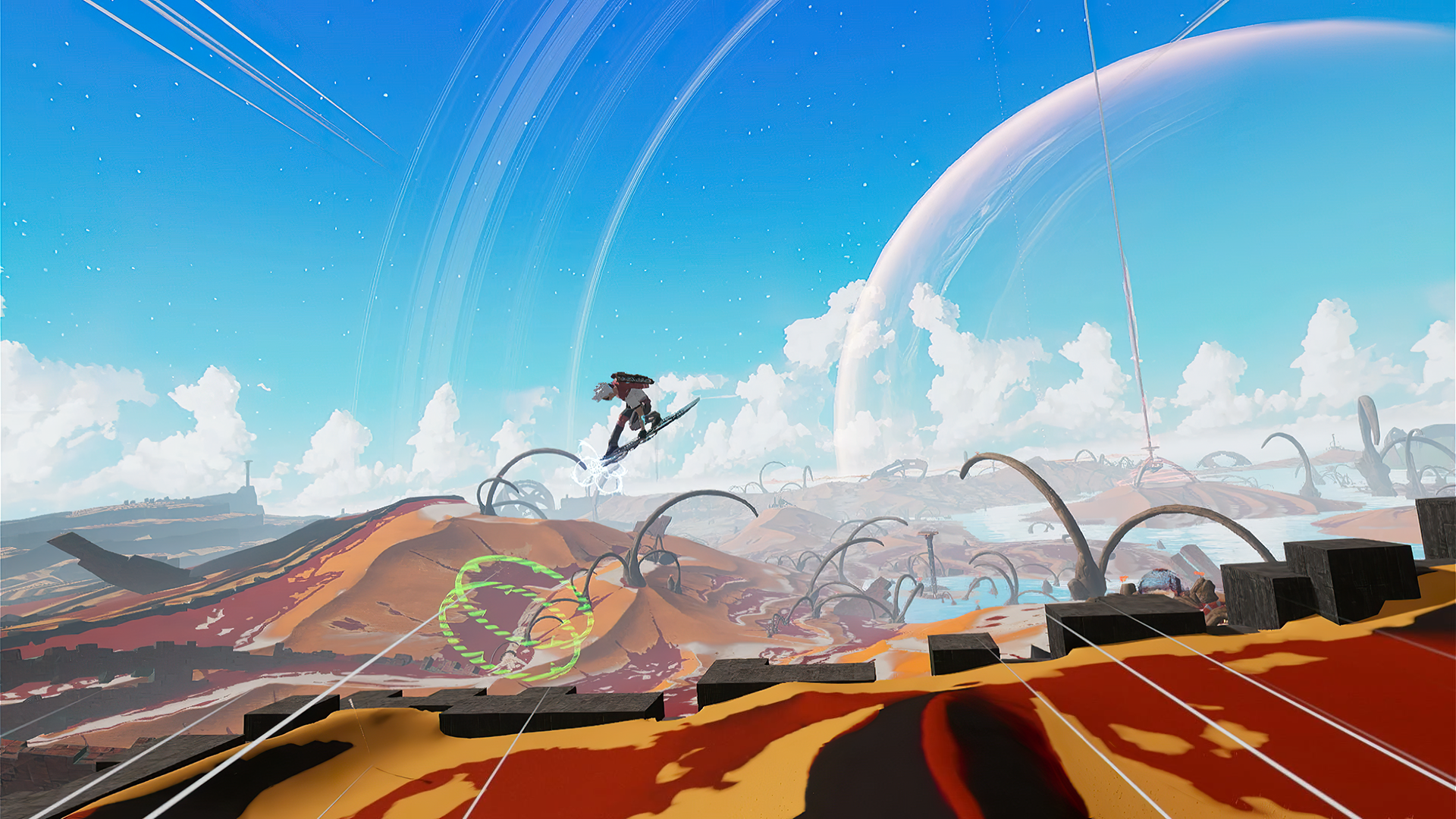



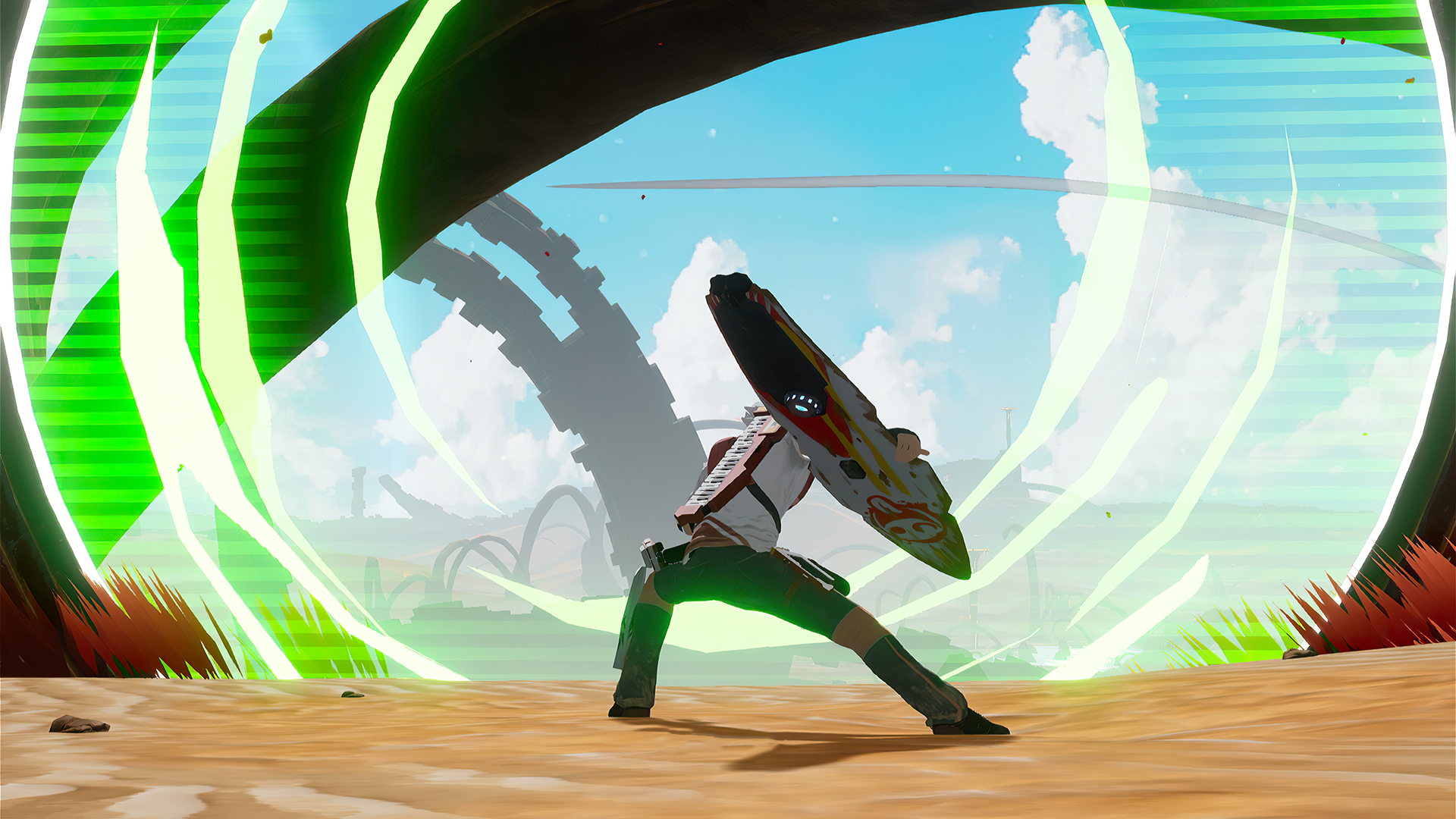



Jeff is the original founder of Analog Stick Gaming. His favorite games include The Witcher III, the Mass Effect Trilogy, Hi-Fi Rush, Stellar Blade, Hellbade: Senua’s Sacrifice, and the Legend of Heroes series, especially Trails of Cold Steel III & IV.